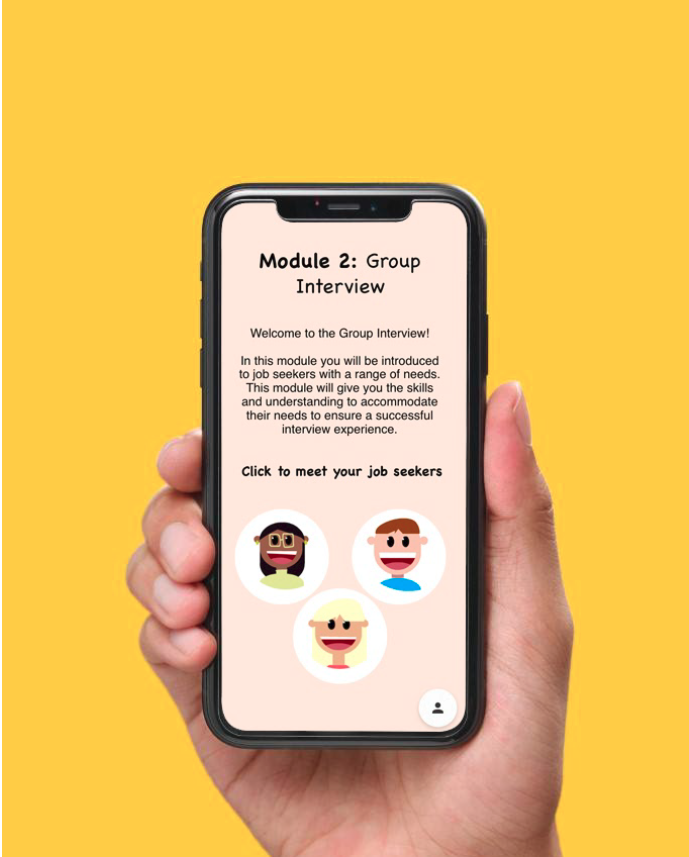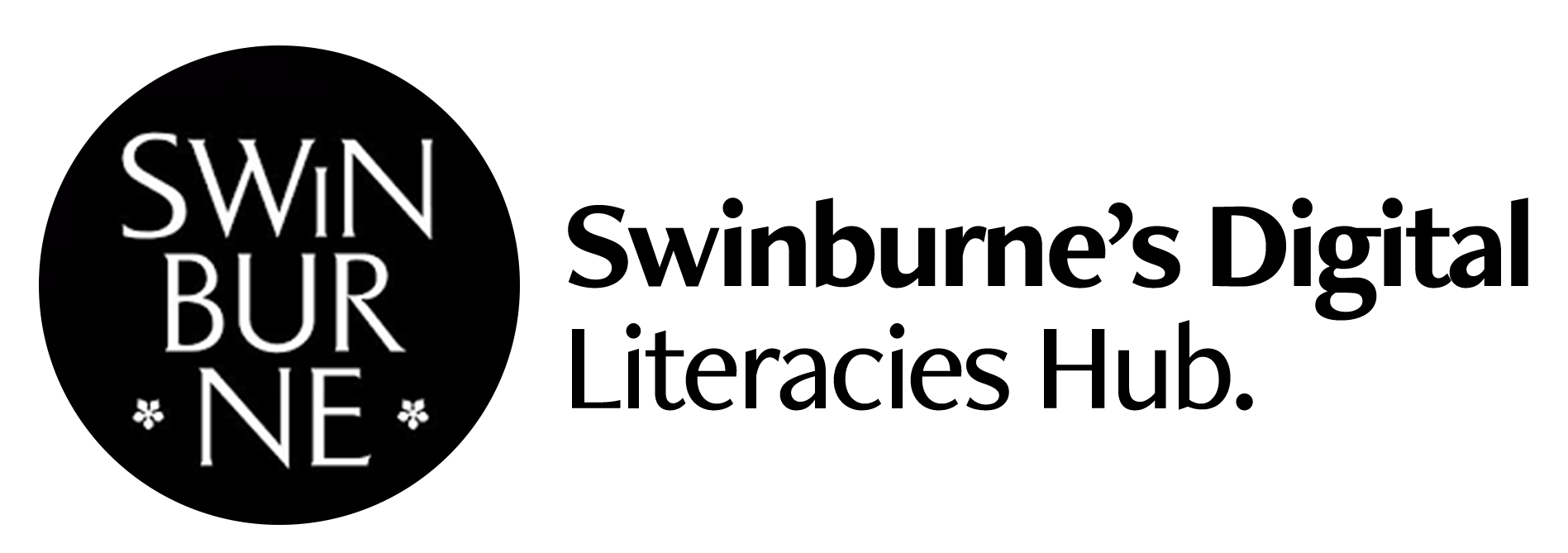Prototyping and Design
ProtoSOURCE - An integration of physical, analogue and digital prototyping in the remote learning environment
This project looks to link the processes of prototyping across a variety of units within the Design Factory Melbourne. Working with both analogue and physical prototyping through to interactive and digital prototyping, this project utilises the Adobe Creative Cloud to both communicate with students, support physical 'making' as well as shift prototyping approaches with digital interfaces. This project combines a Canvas sandbox, physical prototyping kits and digital Adobe tools to create a variety of approaches to making.
Resources
Swinburne only resources:
ProtoSOURCE: A Swinburne canvas commons resource (login required)
Findings
ProtoSOURCE was born in a time of COVID desperation. The sole intent, to maintain an effective level of knowledge transfer and interpersonal communication between students and teachers in a fully remote learning environment.
As the resource development of ProtoSOURCE began to gather momentum we soon realised that maintaining pre-pandemic levels of traditional teaching effectiveness was entirely possible, but new opportunities were presenting themselves within the learning and teaching environment that until this time we had not considered.
These opportunities were centred around the notion of a relationship. The relationship of “physical” and “digital” prototyping, and how these two unique types of problem solving within design can interact in new ways.
As traditional product designers, this relationship is well tried. Designer defines problem, prototypes using traditional means of manufacture to create physical versions of the intended solution and then moves to digital software to develop and finalize their solution.
In the context of what we see in Design Factory Melbourne, this traditional product designers' model is somewhat antiquated.
Typically, students are non-designers, from non-design backgrounds that have very limited prototyping skills.
DFM: Practice and Interdisciplinary Collaboration (DDD40013/DDD80013) is a perfect example of this. Students are typically from a health and occupational therapy background, working in teams to design a solution for their client or “need knower”. Their speciality lies in understanding people and physiology, not design nor design process, and there-in lies the opportunity.
By utilising a range of simple physical prototyping techniques presented in ProtoSOURCE supported with resources supplied by DFM in the form of a physical ProtoKIT, these students are provided with adequate scaffolding to employ their proficiencies into an area they are not, design thinking and creative development. As a result, these “non-design" designers quickly begin creating valid, insightful, thoughtful physical prototypes that only a proficient health expert could author.

Prototyping kit

Swinburne Accessibility Hub App design. Team Big Smiles consisted of Nick Simpson, Tahmid Hossain, Nathan Reid and Carlisa Amaral Pumar.

InRecruit Designed by Charlotte Dinnie, Madeleine Kilpatrick, Grace Yang and Katie Grieve.
By generating these thoughtful physical prototypes influenced by the ProtoSOURCE resource pool, the stage is set for a seamless transition and continued development of initial solutions into the digital stream. A perfect example of this is the DFM: Practice and Interdisciplinary Collaboration deliverables from Semester 2, whereby 90% of team's final deliverables where a digital App, built using Adobe XD, but developed from physical prototypes that utilising ProtoSOURCE learning and teaching resources. All from students with non-design, non-software engineering backgrounds.
Non-design designers, utilising physical and digital prototyping to generate thoughtful, successful, design solutions.
As initiators of ProtoSOURCE, this also allowed us to learn a lot about the resilience of our students and their ability to adapt and overcome adversity. It offered great insight into the strengths and weaknesses of online tools such as YouCanBookMe, Canvas, the Adobe Creative Cloud, and existing Adobe Creative Campus resources, which helped inform us as educators and our teaching format. Creative Campus resources are easy to navigate to specific information on software (such as XD), and these resources often re-enforced the resources we were creating. We look forward to continuing to develop ProtoSOURCE into the future, with the aim of creating more confident designers, no matter their background.
